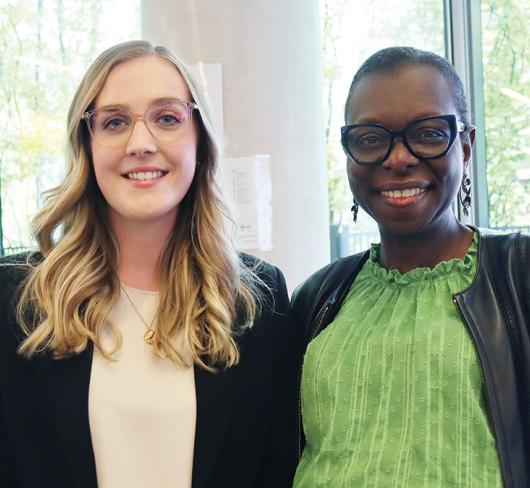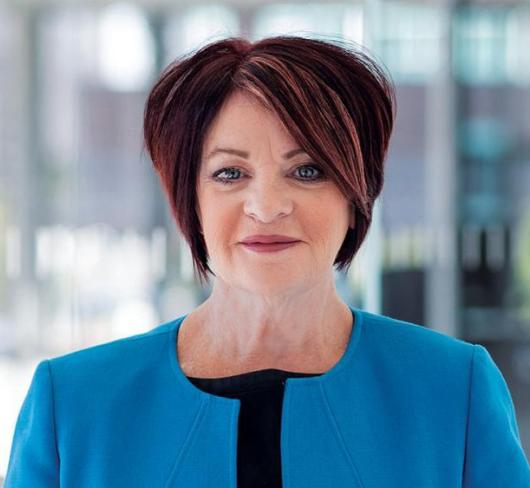Celebrating Pride (Equity and Women's Services)
Many identify the Stonewall Riots as the beginning of political organization by the gay community in North America. In June 1969, the patrons of New York’s Stonewall Bar, several of them persons of colour, rose up to protest police harassment, arrests, and humiliation. The first Pride march was held the following year to remember the Stonewall Riots. Since then, Pride celebrations have spread throughout the world. Pride events may now include a variety of activities, often occurring throughout the month of June. They have a more celebratory atmosphere but still include educational and political aspects. ETFO commitment to eliminating homophobia and heterosexism One of the founding objectives of ETFO is “to foster a climate of social justice in Ontario and continue a leadership role in such areas as anti-poverty, non-violence and equity.”1 ETFO demonstrates this commitment by advocating for individual members and through education and lobbying. ETFO resources addressing LGBT issues are used extensively provincially, nationally, and internationally by educators and organizations promoting equity. 1 ETFO Constitution, Article III, section, 3.4 Suggested Pride activities:
- Participate in Pride events in your community and encourage colleagues to join you.
- Volunteer, through your local, to organize a Pride activity—for example, a booth, picnic, mall display.
- Celebrate Pride in your classroom and school (see Voice, Spring 2001, vol.3, no.3).
All year long:
- Address homophobia and heterosexism in your classroom. Organize, through ETFO, a workshop to encourage members to use Imagine a World That Is Free from Fear.
- Create a safe-space classroom, staffroom, and school; display the Positive Space poster.
- Form a Gay/Straight Alliance with teachers in your local.
- Check out ETFO resources and those of other organizations for more information.
- Speak out against homophobia and heterosexism.
This summary of annual meeting and executive motions passed since its founding in 1998 shows ETFO’s commitment to LGBT issues.
1998 ETFO creates a women’s sexual orientation focus group. September 1999 ETFO distributes its antihomophobia pamphlet to all schools. May 2000 ETFO distributes its Positive Space poster to schools; bilingual version created in 2004. 2000 Annual Meeting The Lesbian, Gay, Bisexual, and Transgender Members Provincial Standing Committee is created. February 2001 ETFO’s participation in Gay Pride activities begins. (This marks the beginning of ETFO’s annual booth and parade contingent at Toronto Pride.) Training is developed for provincial and local executives addressing LGBT members’ issues. June 2001 The executive approves creation of a listserv to meet the unique needs of LGBT members. 2001 Annual Meeting ETFO encourages school boards to purchase materials that reflect LGBT realities. ETFO encourages locals to fund initiatives addressing homophobia and heterosexism. ETFO develops Responding to Homophobia and Heterosexism to assist in addressing these issues in schools. 2002 Annual Meeting A resolution encourages locals to include homophobia, heterosexism, and LGBT realities in steward training. Homophobia and Heterosexism: Member Rights, Union Responsibilities steward training module is developed. June 2003 The executive creates the Rainbow Visions Award for materials that include LGBT realities. 2003 Annual Meeting A resolution establishes the LGBT Incentive Fund of $300 per local for addressing homophobia and heterosexism. Imagine a World That Is Free from Fear curriculum resource is developed. February 2004 The executive decides that LGBT/equity issues must be included in new teacher training and materials and in all local executive training provided by ETFO. 2004 Annual Meeting A resolution expands ETFO support for participation in Pride Week activities. (Pride events kits are provided to locals annually.) February 2005 ETFO endorses the federal government’s proposed same-sex civil marriage law and encourages locals to lobby MPs. April 2007 ETFO supports a provincial private member’s bill, Bill 186, Toby’s Act (Right to Be Free from Discrimination Because of Gender Identity). ETFO resources: • Imagine a World That Is Free from Fear, a kindergarten to grade 8 curriculum resource • Lesbian, Gay, Bisexual and Transgender Issues in Education Resource List, available on etfo.ca. • Responding to Homophobia and Heterosexism pamphlet • Challenging Homophobia and Heterosexism brochure • Seeing the Rainbow: Teachers Talk about Bisexual, Gay, Lesbian, Transgender, and Two-Spirited Realities, published by ETFO and the Canadian Teachers’ Federation; available from CTF. The Rainbow Flag The original Rainbow Flag first appeared in 1978 in the San Francisco Gay and Lesbian Freedom Day Parade, and soon became a widely known symbol of gay pride and diversity. Each colour in the flag has a specific meaning: red for life, orange for healing, yellow for sun, green for nature, blue for harmony, and violet for spirit.

